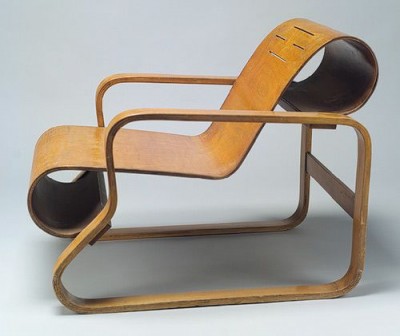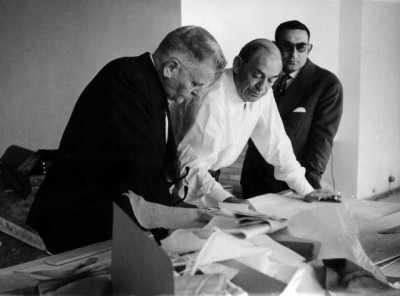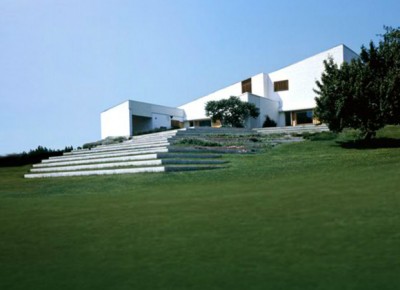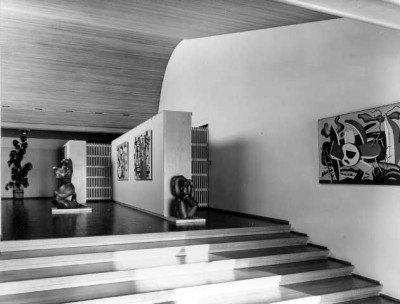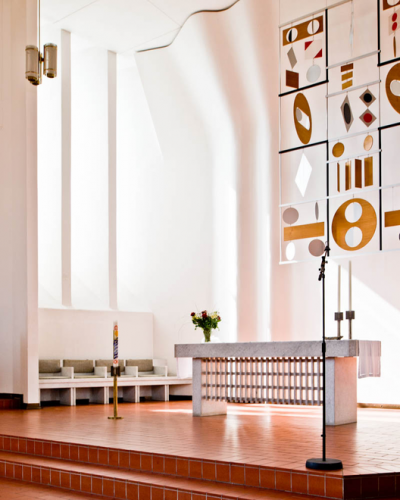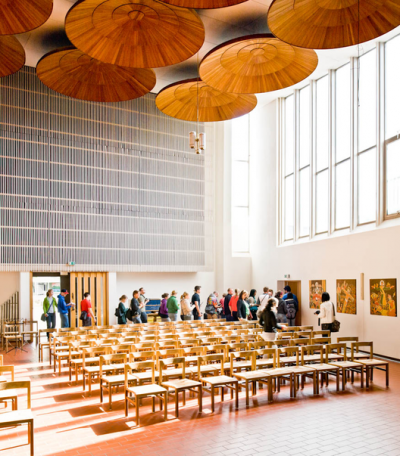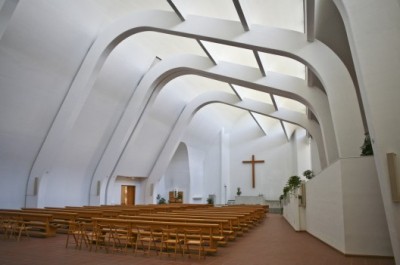ALVAR AALTO
|
Alvar Aalto designs are a superb example of the uncompromising spirit that has managed to overcome the barriers of style and taste, fashion and social class. Many of his creations are in greater demand now than ever before. Alvar, was born in 1898 in the small town of kuortane, Finland. From a young age Alvar had a passion for drawing and proceeded to study Architecture in 1916 at the only school in Finland that taught architecture. By 1923 Alvar had his own office and business and hired an assistant who became his wife in 1924. It was characteristic of Aalto to treat each building as a complete work of art – right down to the furniture and light fittings. Villa Mairea cross section, 1938-39. Villa Mairea. Timber cladding details The Villa Mairea was built as a country house for the architect’s friends Marie and Harry Gullichsen. The house stands in the middle of a pine forest at the top of a hill in western Finland. The house looks out mainly on to continuous unbroken stretches of forest, with a narrow vista through an opening in the trees on to a river and sawmill. Villa Mairea is one of the finest houses of the twentieth century. Aalto used his knowledge of vernacular building, Classicism and Modernism to create a building that is at once humane, rich and lyrical. The result is a work that remains technically innovative and timelessly alluring. The armchair 400, better known as Tank, is one of the absolute milestones in furniture design of the 1900s. Alvar Aalto designed the Tank in 1936 for the Milan Triennale. The voluminous chair attracted much attention and was awarded during the fair. The Tank chair was an exception compared to Aalto’s previous pieces of furniture both for its shape and for its premises. Previously Aalto designed all his chairs for a certain architecture destination, but the Tank was designed as commission work for the Triennale.
Paimio “Armchair 41” Chair 1932. Frame in bent laminated beech with three solid wooden bars as stabilizers, seat in lacquered molded plywood. Designed for the Parisian art dealer Louis Carré in the mid-1950s, just as in Villa Mairea, Maison Louis Carré is a residence that combines both public and private life. Guests enter through the main entrance and are confronted with a large wall used for displaying art, an important feature for Louis Carré. Guests are then directed down the wide Venetian stairway into the living room through careful design techniques by Aalto, such as the slight organic curve of the ceiling. This spacious living room contains large windows that span the entire length of the wall, providing views of the grassy hill and, a large woodland. “Building art is a synthesis of life in materialised form. We should try to bring in under the same hat not a splintered way of thinking, but all in harmony together”. Alvar Aalto.
Stephanuskirche, translated to the Evangelical Lutheran Church of St. Stephen, was completed in 1968. Riola Parrish Church is a stunning concrete form which mimics and modulates with the contours of its Italian landscape. It was completed in 1978. Stool model nr.60, designed in 1933 and produced by Artek Oy, Finland. |














